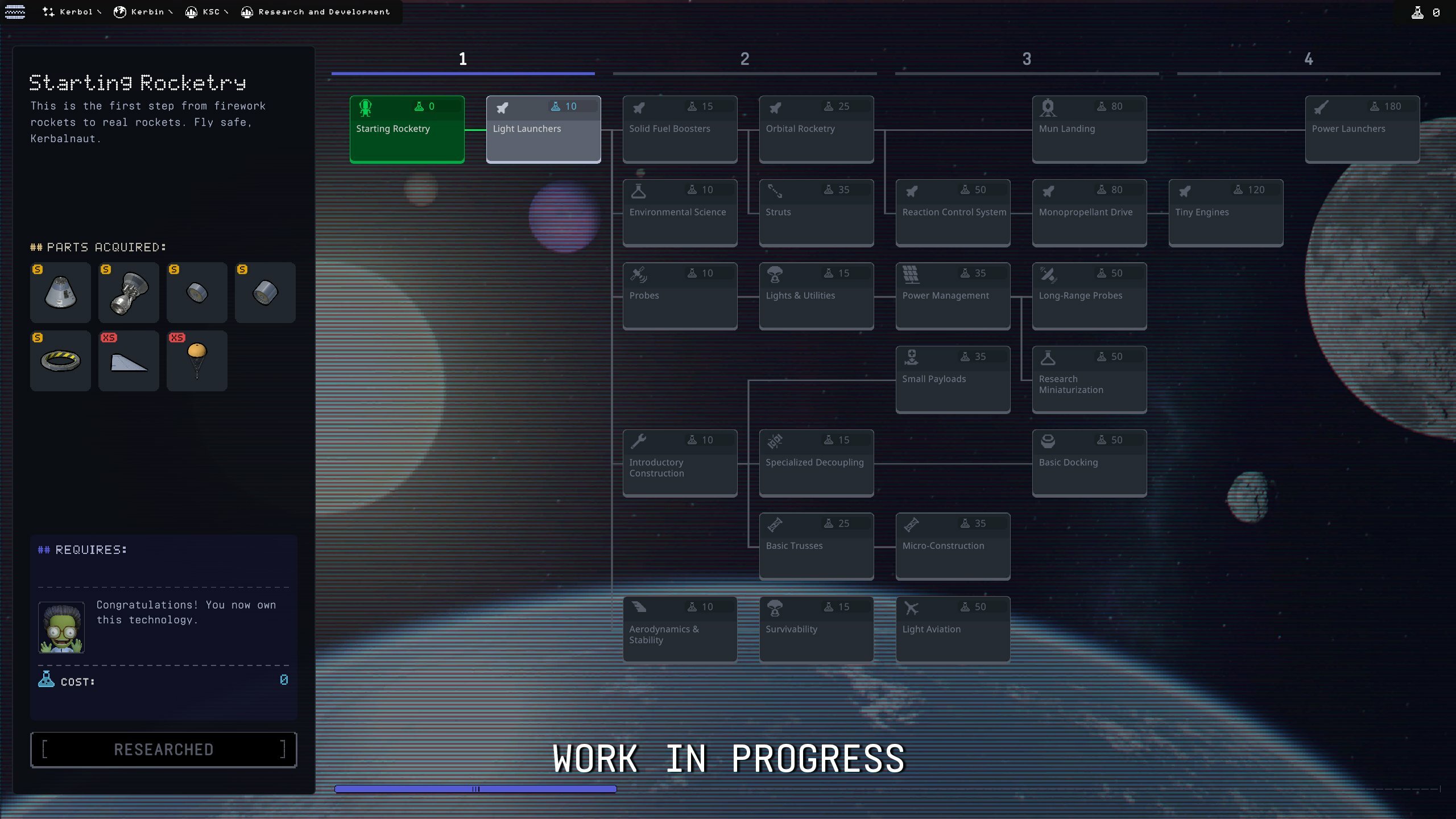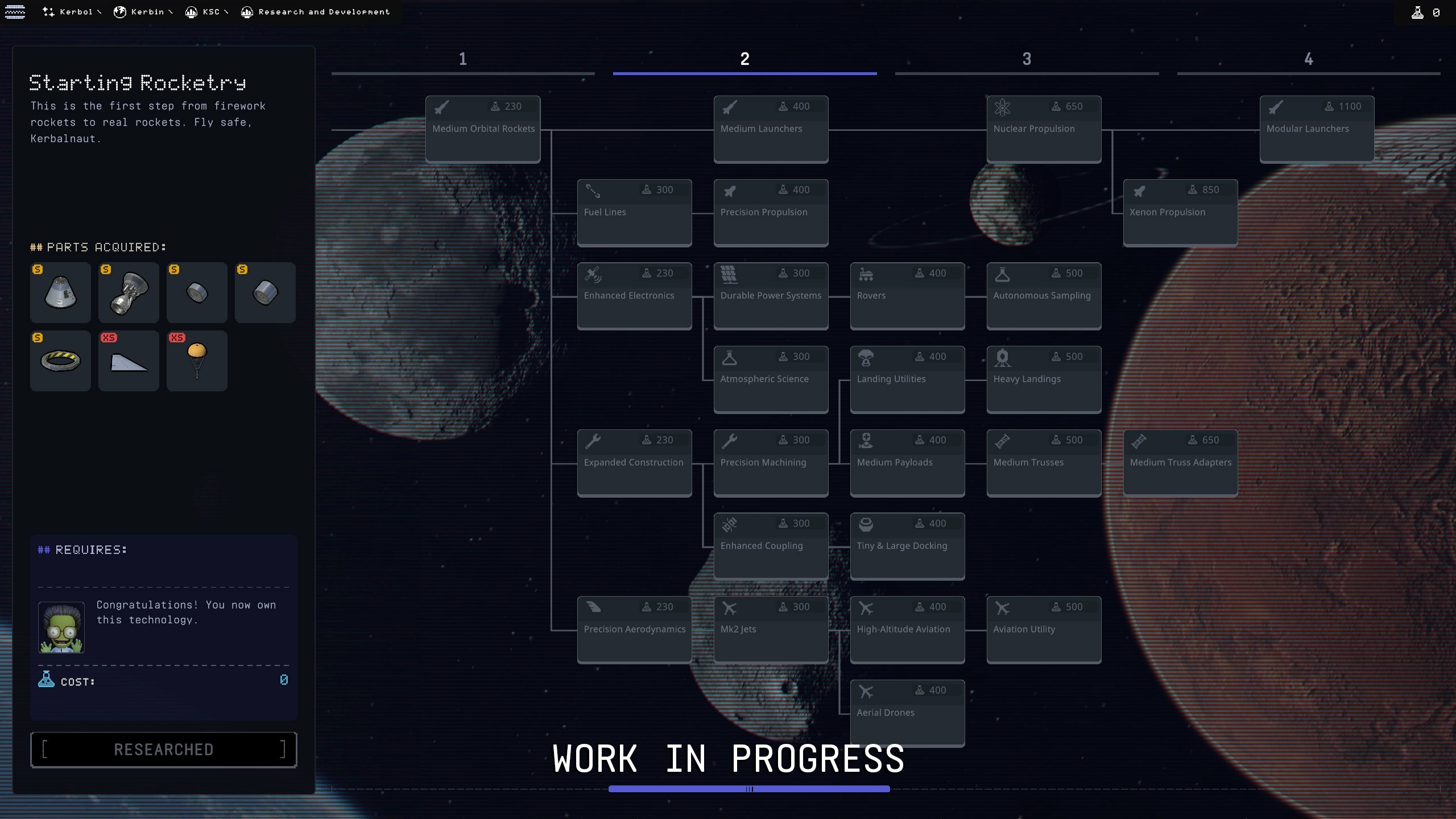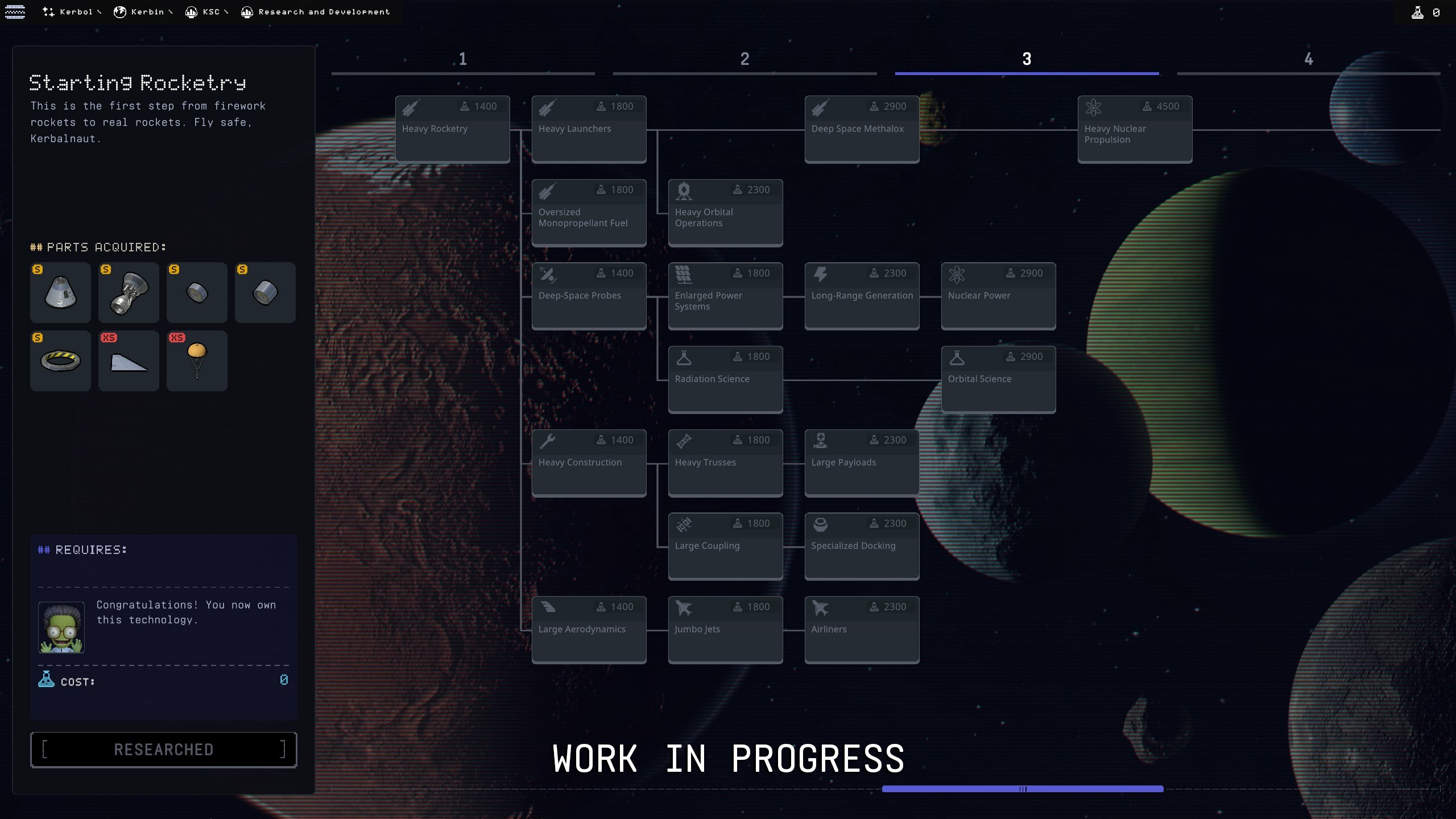
Dec 19, 2023
Kerbal Space Program 2 - mikey
KERBONAUTS, WE HAVE LIFTOFF! 🚀
The time is now - For Science! is now available! We're so excited to release this major content update to everyone.
Full release notes for v0.2.0.0 can be found here. We'd love to hear from you about feedback and bug reports on the update - please submit them to the KSP Forums.
Dive into and explore For Science! – and don’t forget to share with us your creations, accomplishments, and discoveries.
To celebrate the release of For Science!, Kerbal Space Program 2 is 20% off until January 4th, 2024 at 1PM ET.
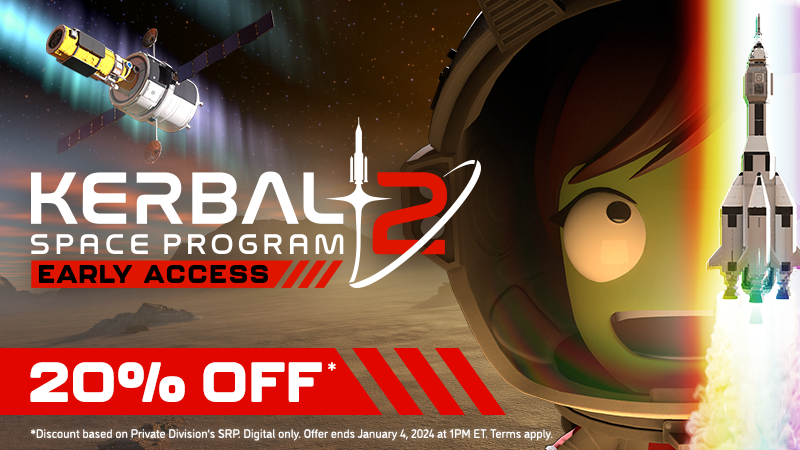
The For Science! update comes with a brand-new campaign type - Exploration Mode, which adds progression and Science collection through missions, experiments, and journeying through the Kerbolar System. Collect and transmit Science from unique locations and redeem it back at the Kerbal Space Center's (KSC) newly opened Research and Development Center to unlock new part technologies, learn novel concepts, and journey further away from the Kerbal's home planet. While working through the tech tree, unlock the means to extend your reach across the Kerbolar System - from right at home on Kerbin, to the furthest regions of Eeloo, and to the murky depths of Eve. Exponential progression ensures that the rewards for your efforts match your ambitions.

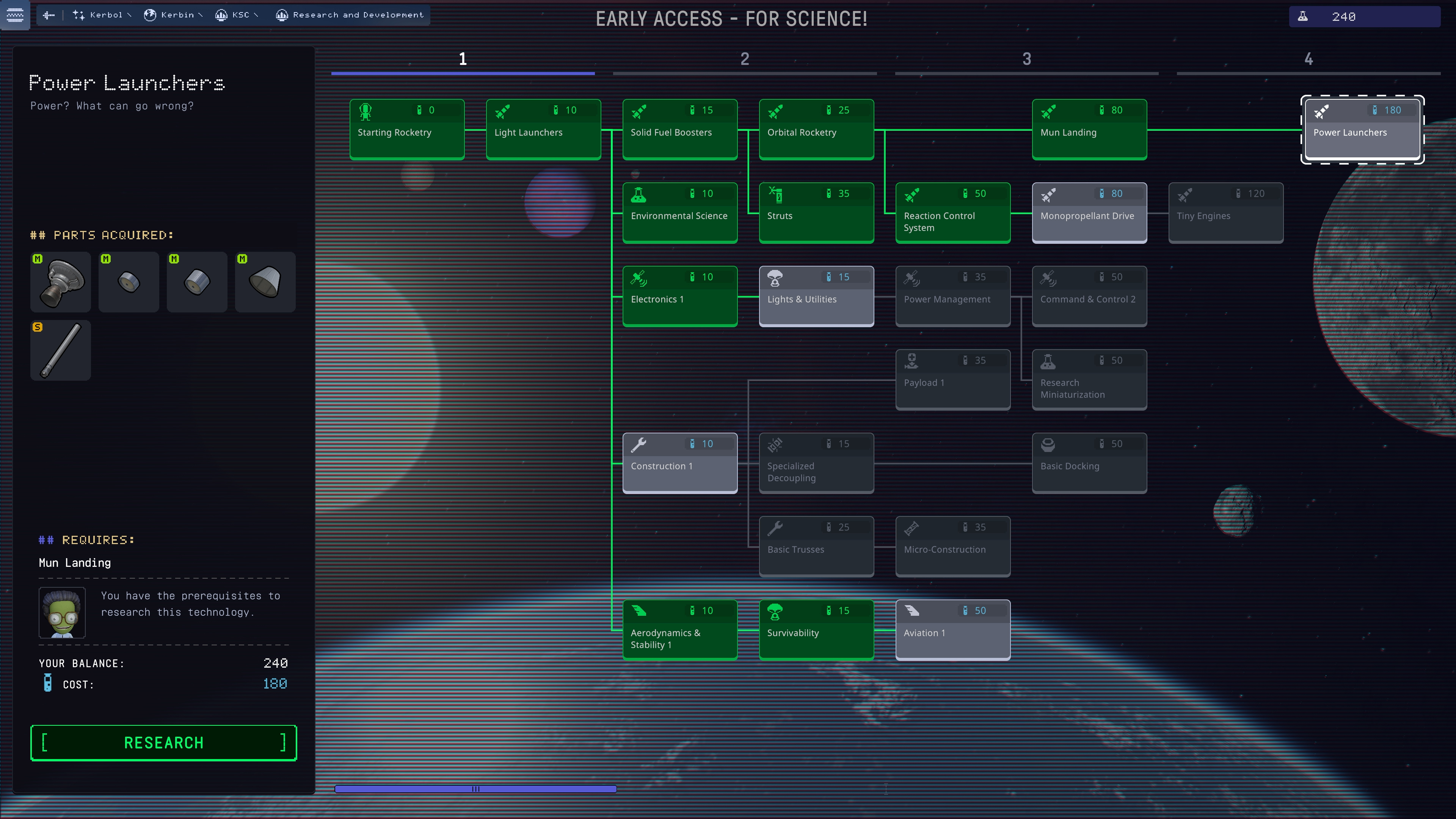
How will you collect Science? With all new Science collection parts! Integrate these parts to vehicles (be sure to take note of their shape and mass, it matters!) to carry out different experiments, depending on your mission. Keep an eye out for new Kerbal animations when Science gathering during Extra-Vehicular Activity (EVA)!

We've overhauled the Science collection and transmission interface for KSP2. During flight, it's now easy to know when there's an opportunity to take measurements or collect samples via a new Experiment Actions button, which provides detailed information about what opportunities are available in your current location. The brand-new Research Inventory gives clear information about how much Science you've already collected and the ability to transmit Science data. The Mission Tracker app helps you keep track of in-progress and completed objectives. New flight planning tools have also been added to the Vehicle Assembly Building (VAB), including altitude and environment-specific readouts that show thrust-to-weight ratio, burn time, and Delta-V for each stage. Data persists and continuously updates in-flight.
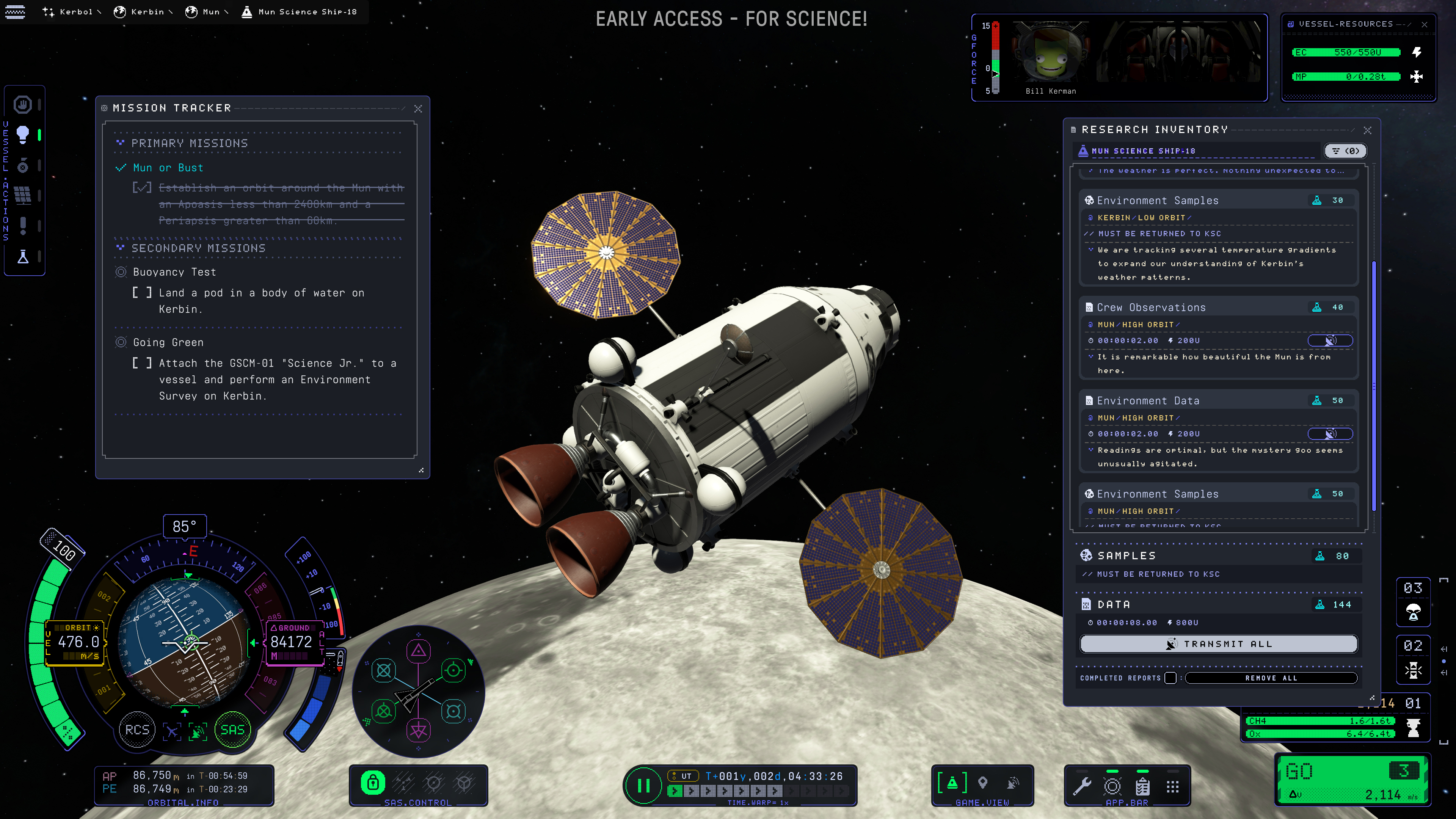
On your journeys, uncover a wealth of new research locations and mysterious geological formations spread across the Kerbolar System. Locate them and unlock special Science-gathering opportunities - we wonder what you're going to find...
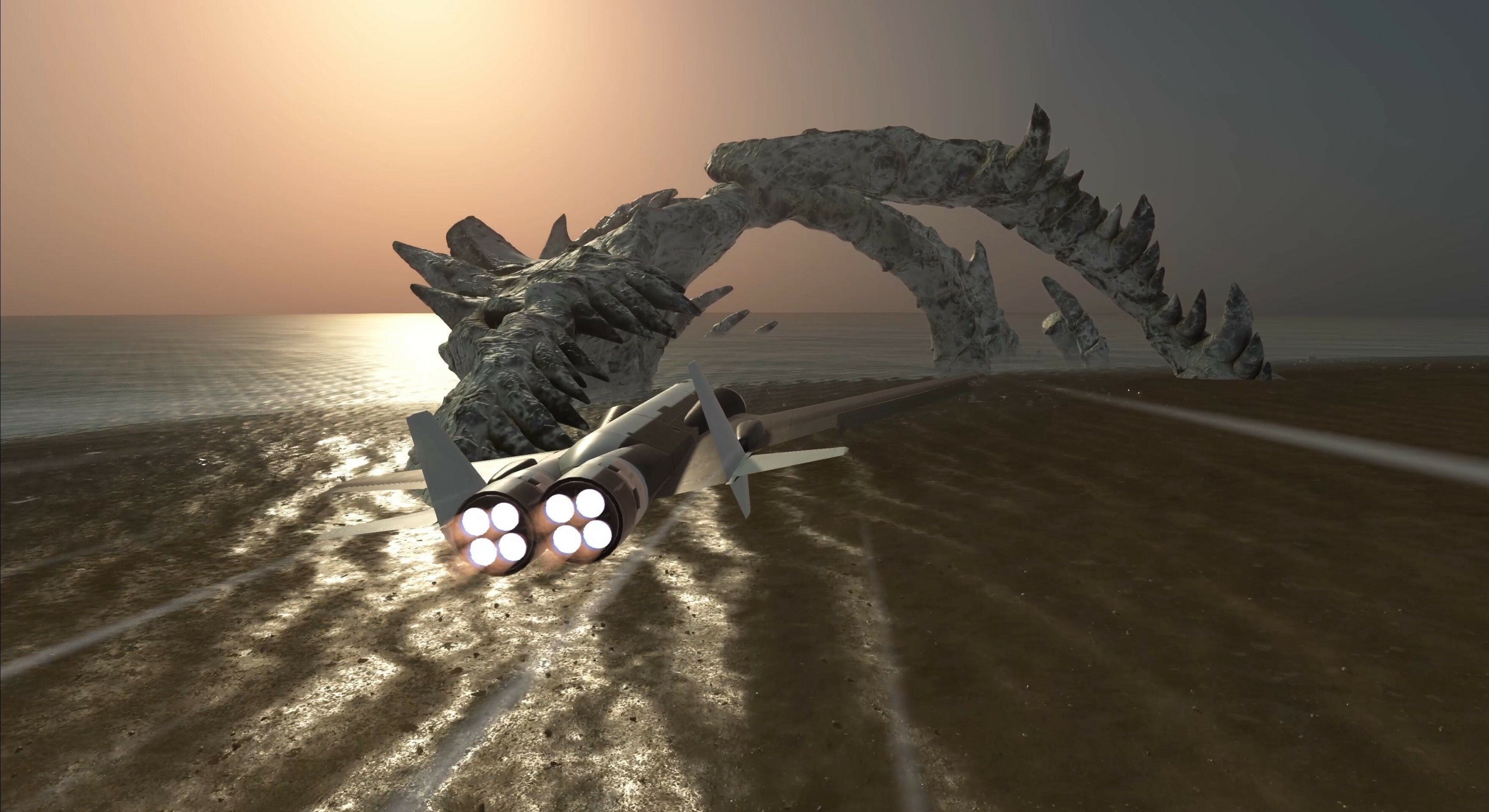
The days of stress-free atmospheric re-entry have come to an end with the introduction of atmospheric re-entry heating effects and thermal part behavior.
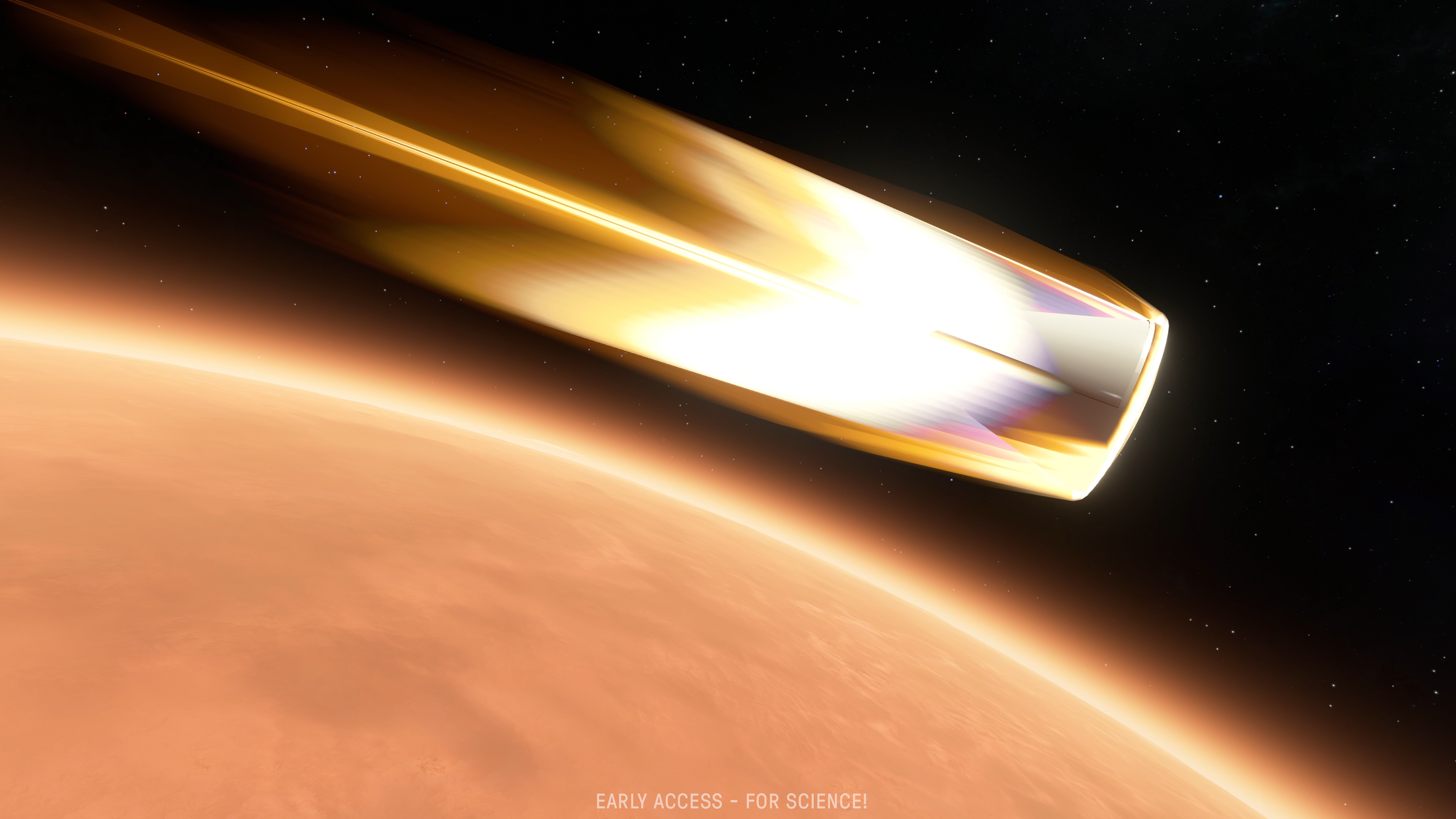
We've also made significant quality of life improvements:
- An enhanced joint system has been developed, dramatically reducing wobbliness of large vehicles
- Updated ambient sound systems
- An all-new Boat Dock - complete with cranes and gantries for use both in-and-out of missions. With this comes additional buoyancy improvements!
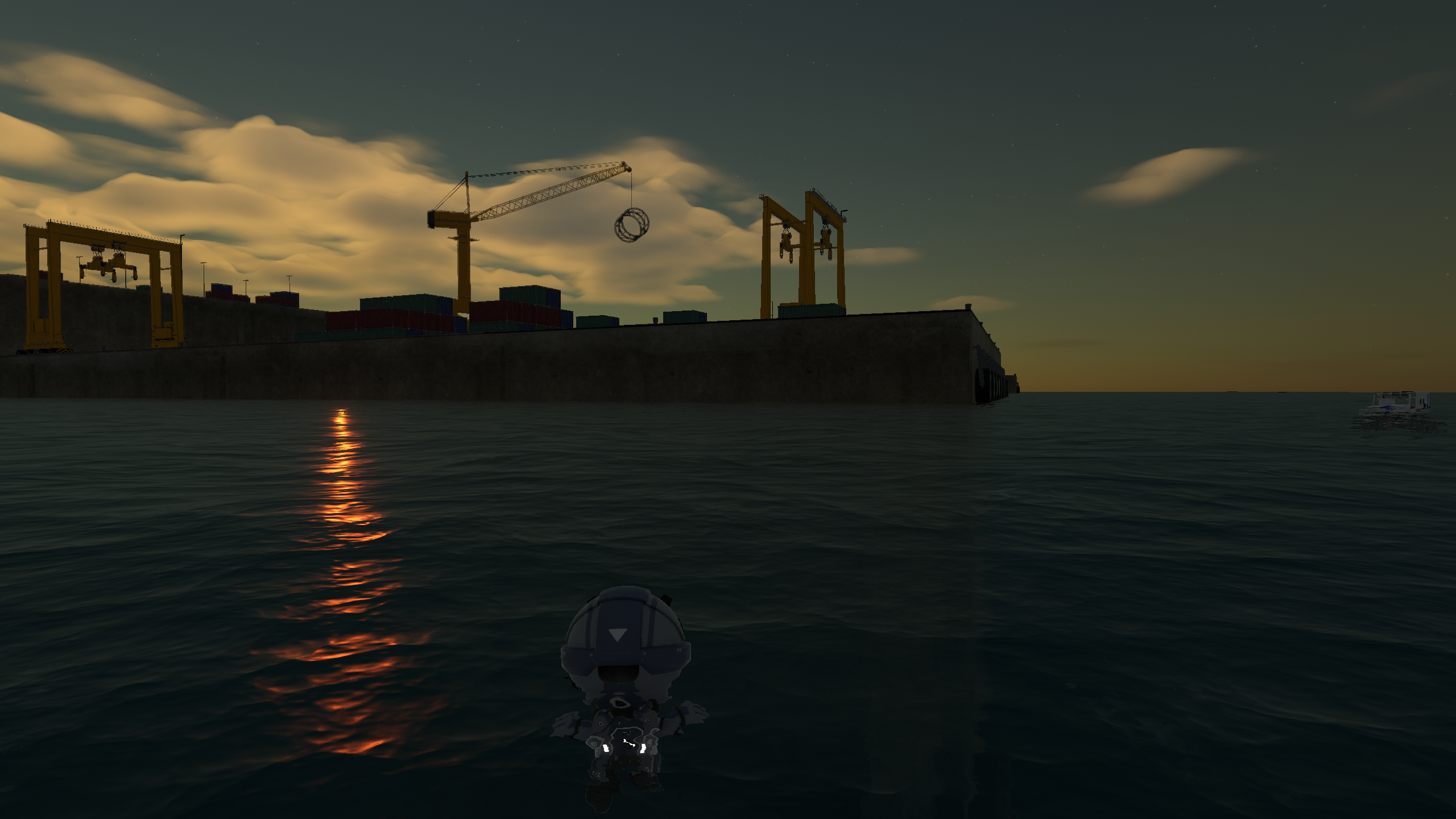
From us at Intercept Games and Private Division, thank you. We hope you enjoy For Science! and your time amongst the stars!
https://store.steampowered.com/app/954850/Kerbal_Space_Program_2/





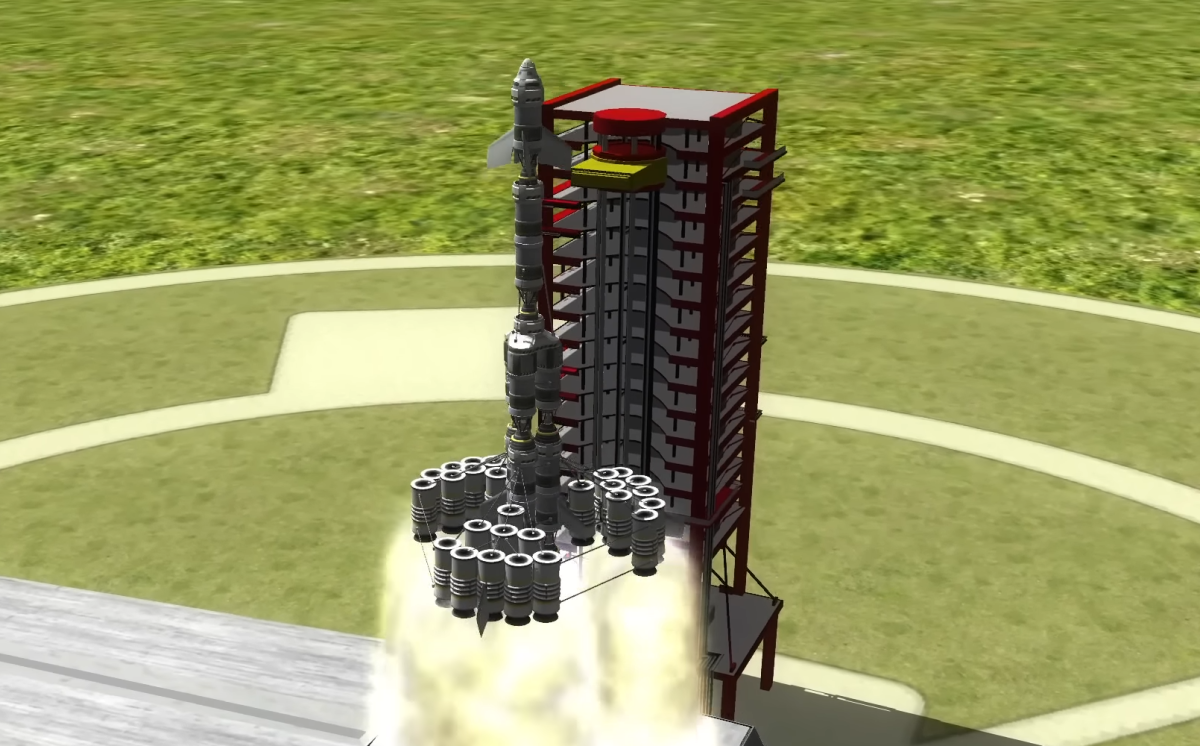 Ah, the good old days.
Ah, the good old days. 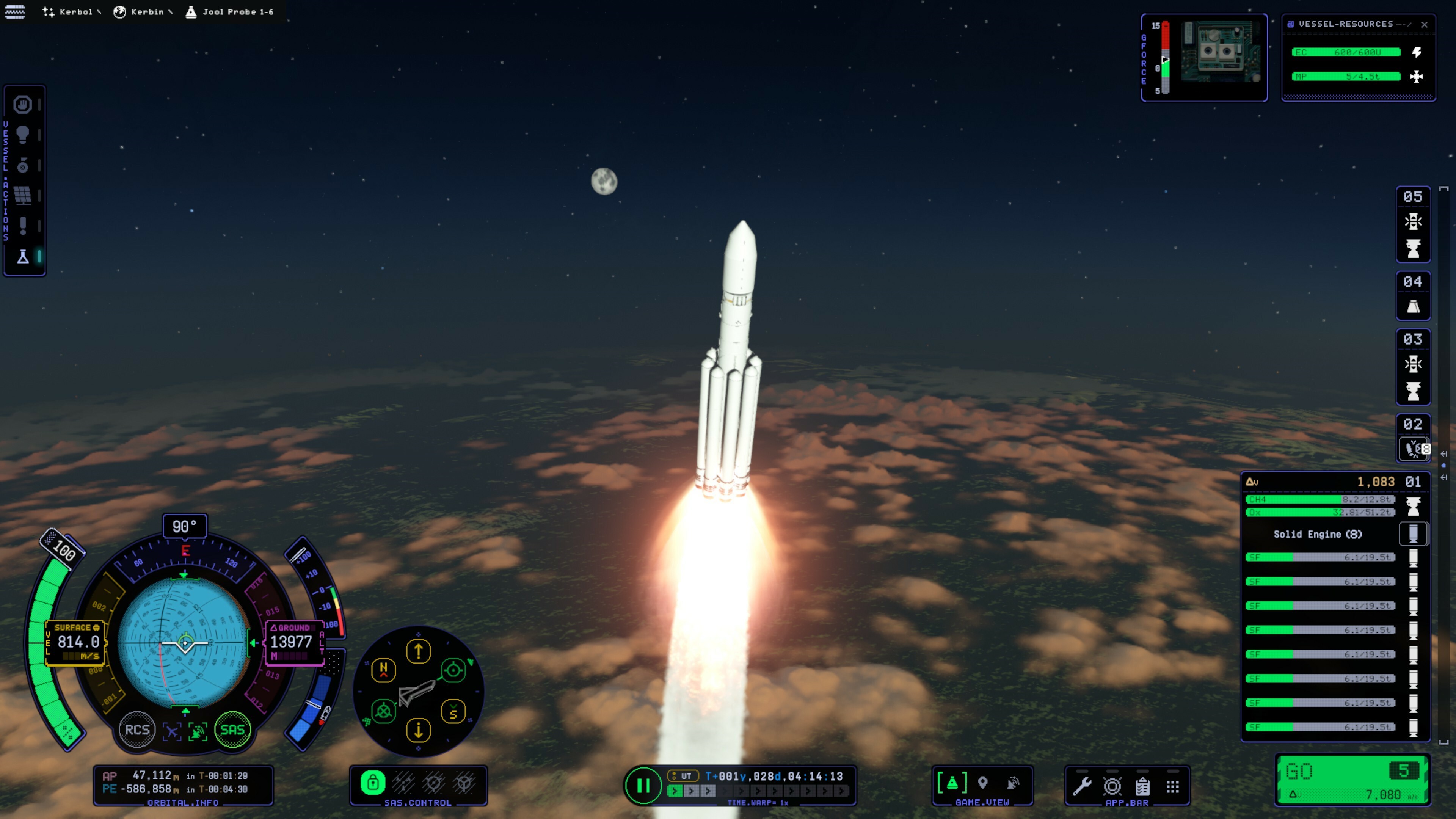 Just unlocked some probe cores, it's time to fly to Duna!
Just unlocked some probe cores, it's time to fly to Duna!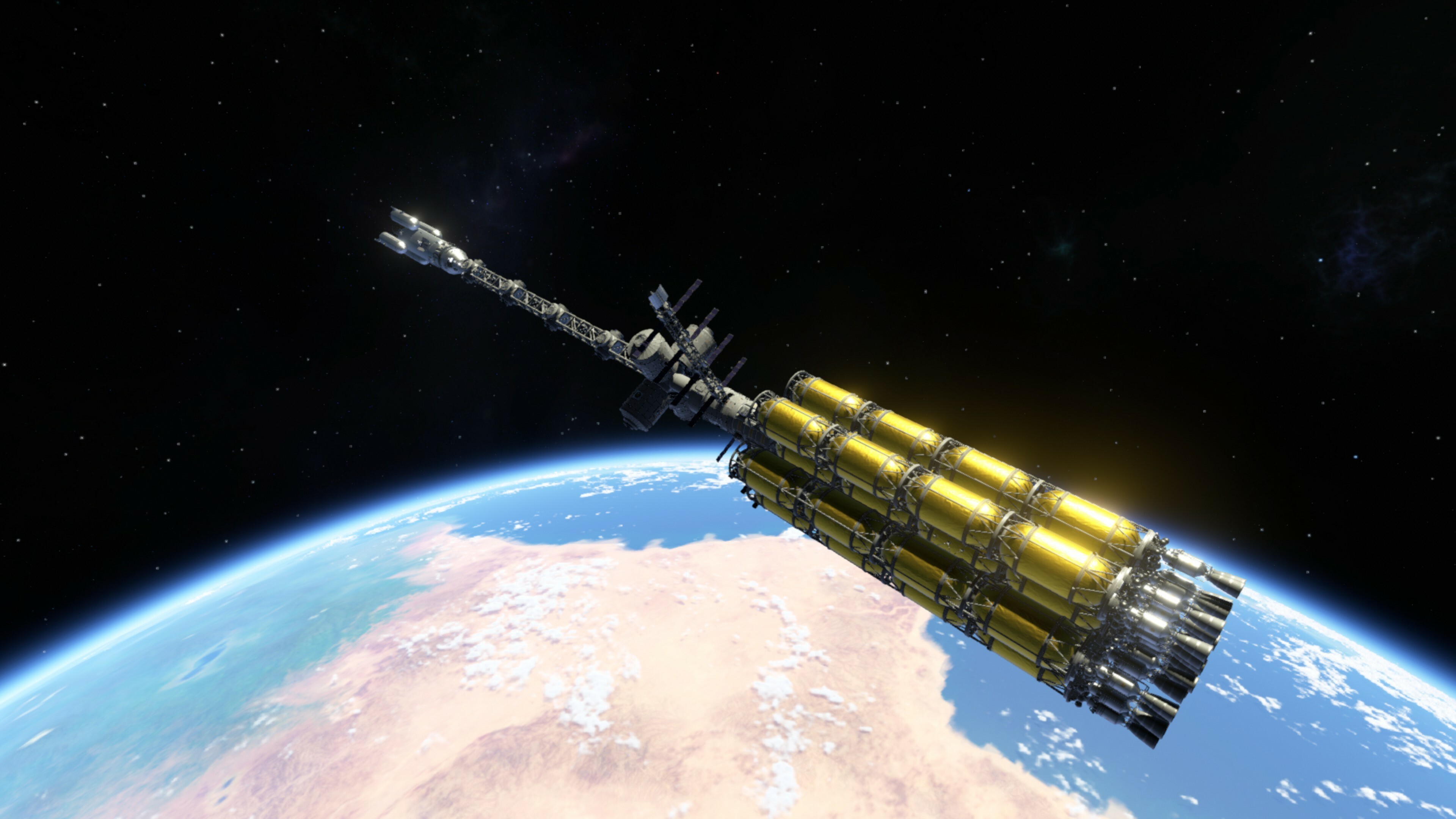 We've got a lot of empty docking ports on that main truss. Probes? Landers? Packing for Jool is always hectic.
We've got a lot of empty docking ports on that main truss. Probes? Landers? Packing for Jool is always hectic.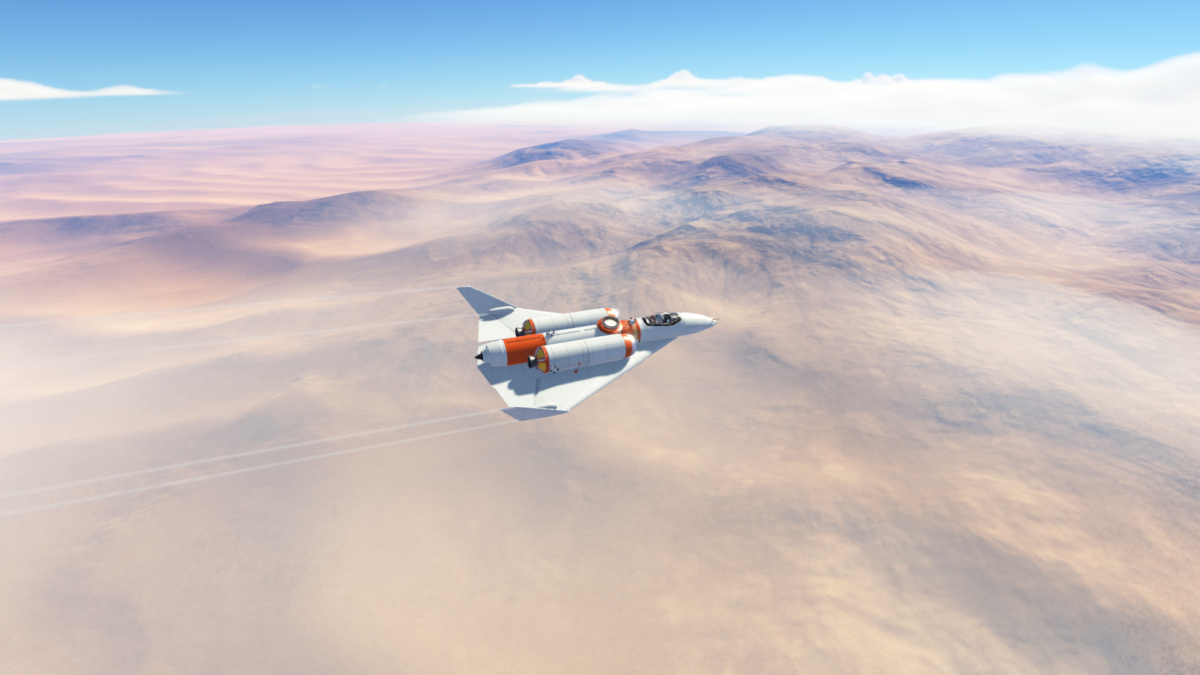 We haven't unlocked the big engines yet, but that won't stop us from testing some spaceplane ideas!
We haven't unlocked the big engines yet, but that won't stop us from testing some spaceplane ideas!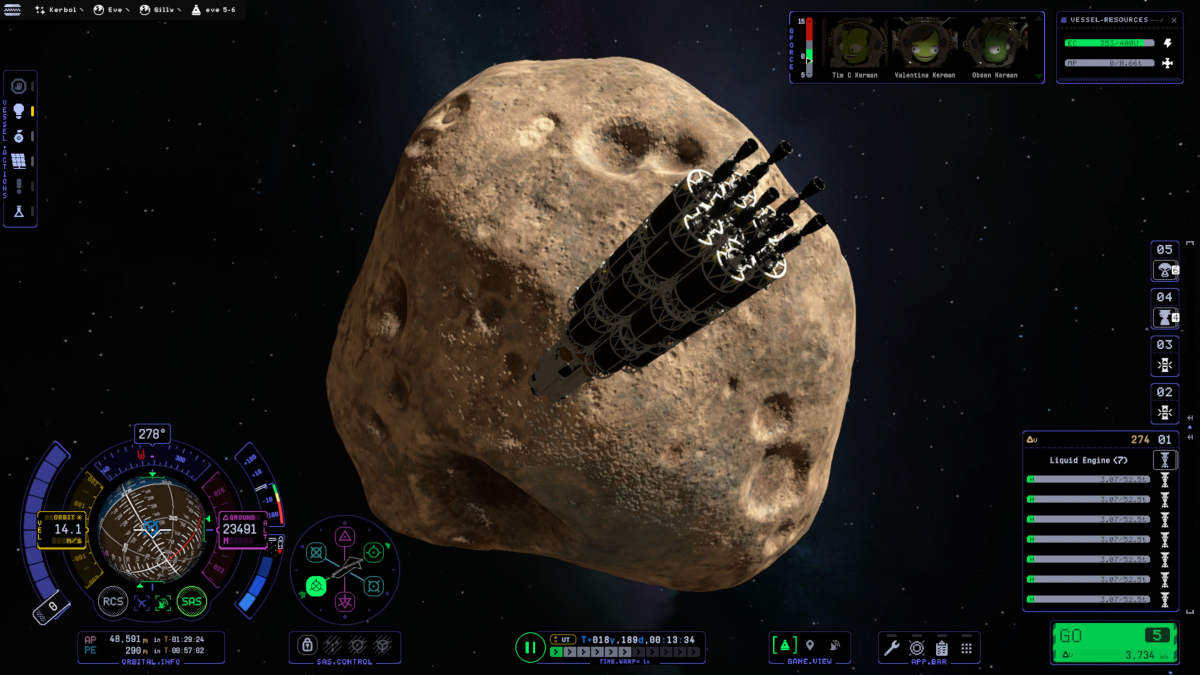 Tim C. Kerman clearly thinks he's discovered a delicious baked potato.
Tim C. Kerman clearly thinks he's discovered a delicious baked potato.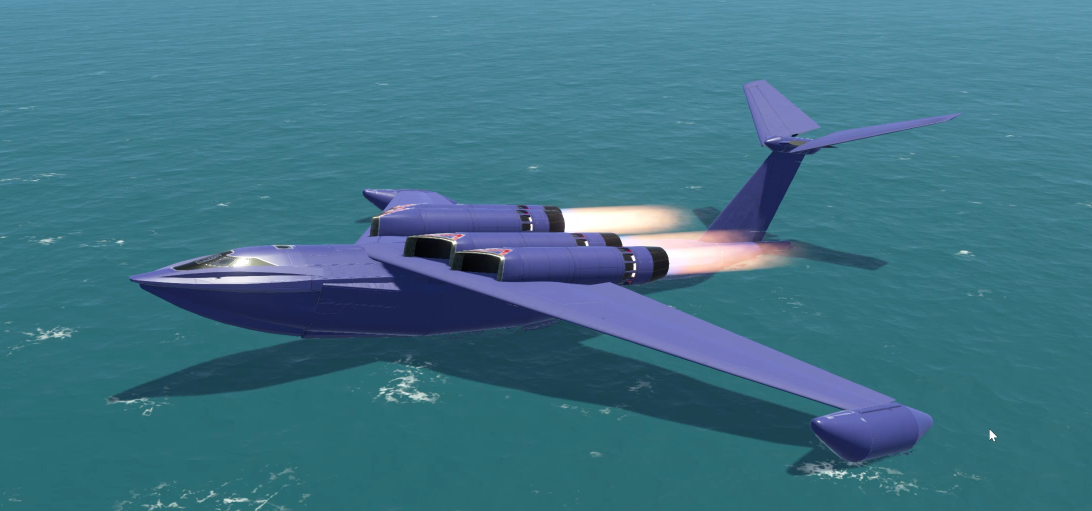 My first glorious seaplane flight in KSP2
My first glorious seaplane flight in KSP2 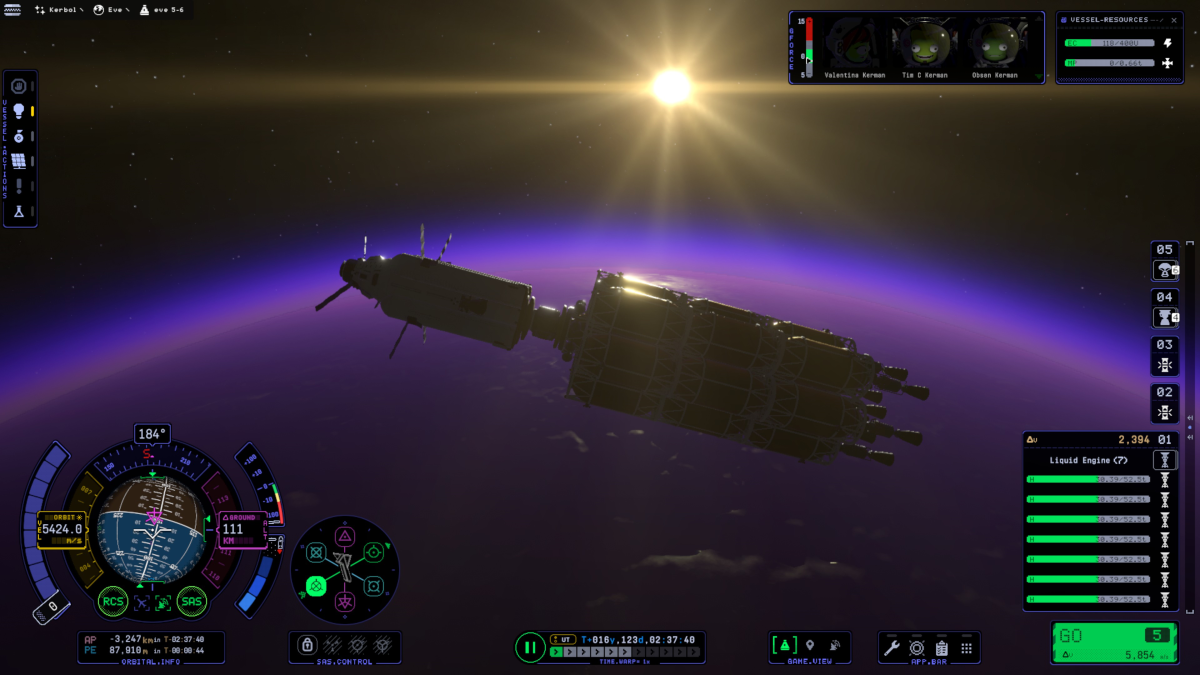 Eve, beguiling yet deadly!
Eve, beguiling yet deadly!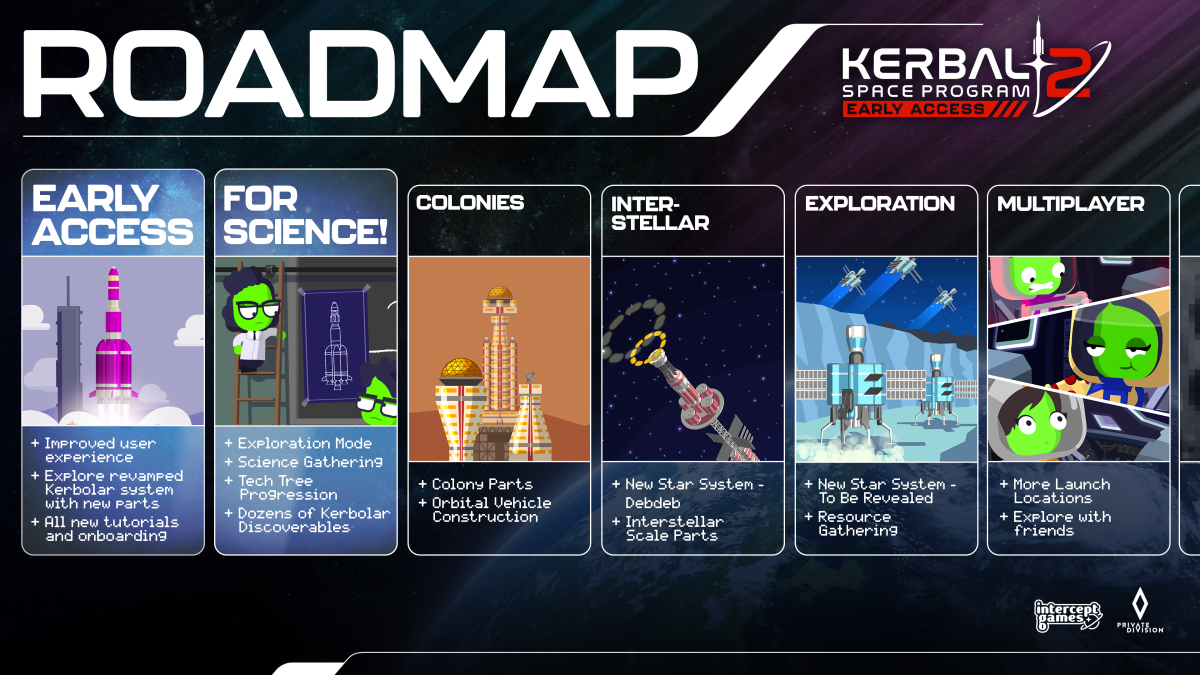 The fun is just beginning!
The fun is just beginning!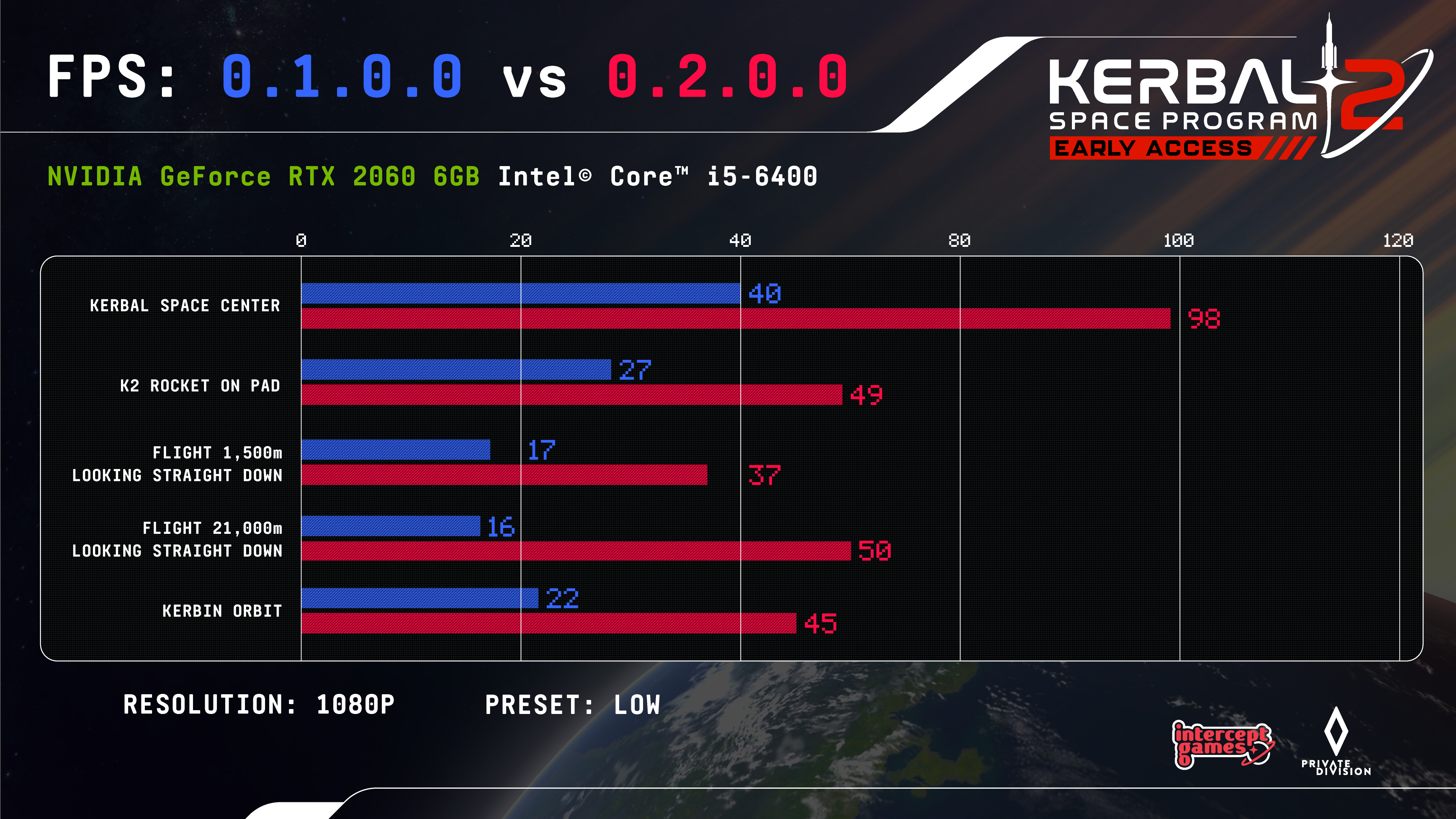 FPS between EA launch and For Science! on minimum specs.
FPS between EA launch and For Science! on minimum specs. FPS between EA launch and For Science! on recommended specs.
FPS between EA launch and For Science! on recommended specs.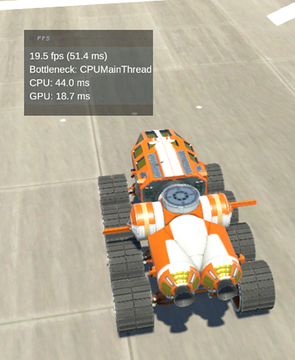

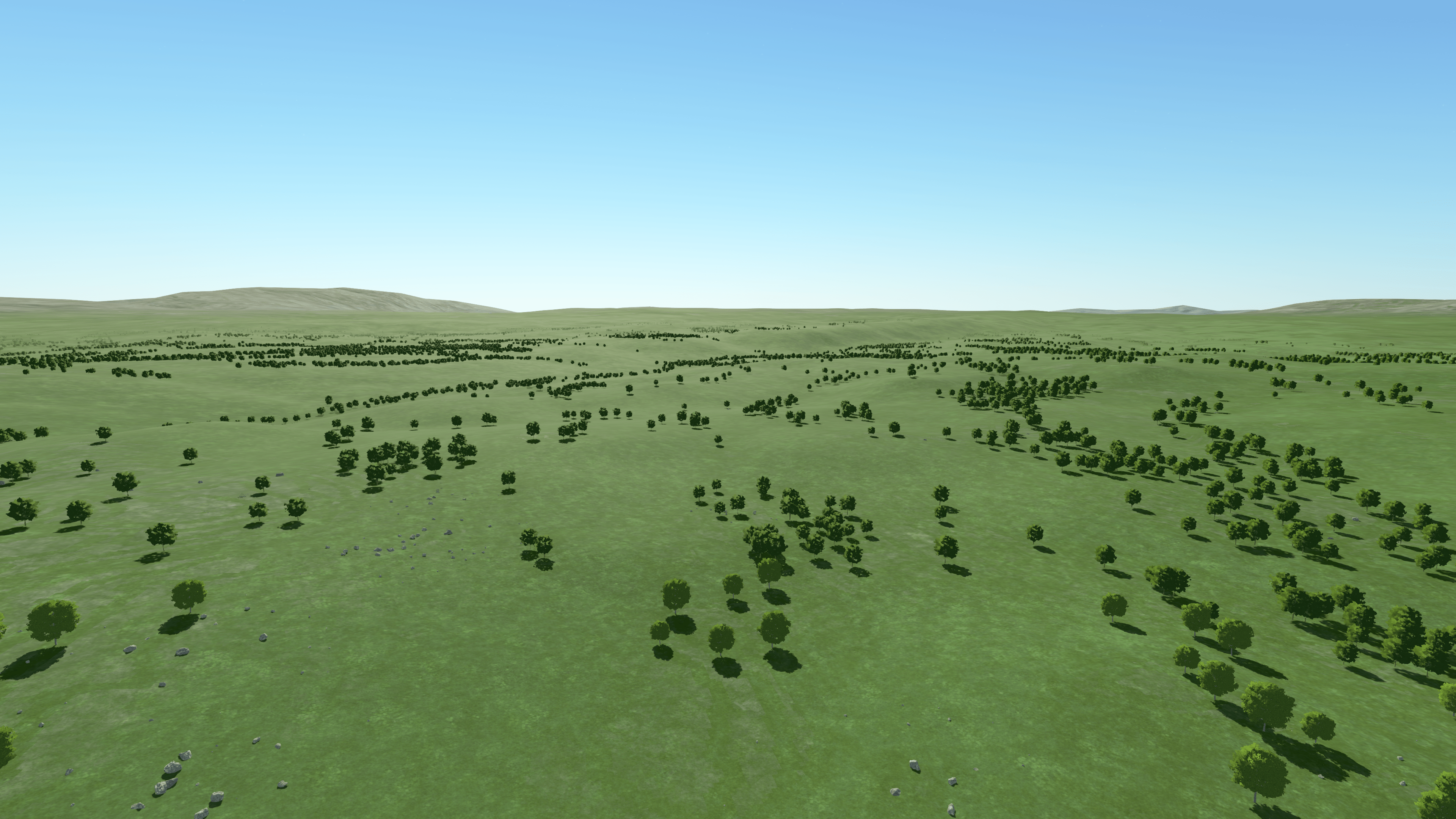
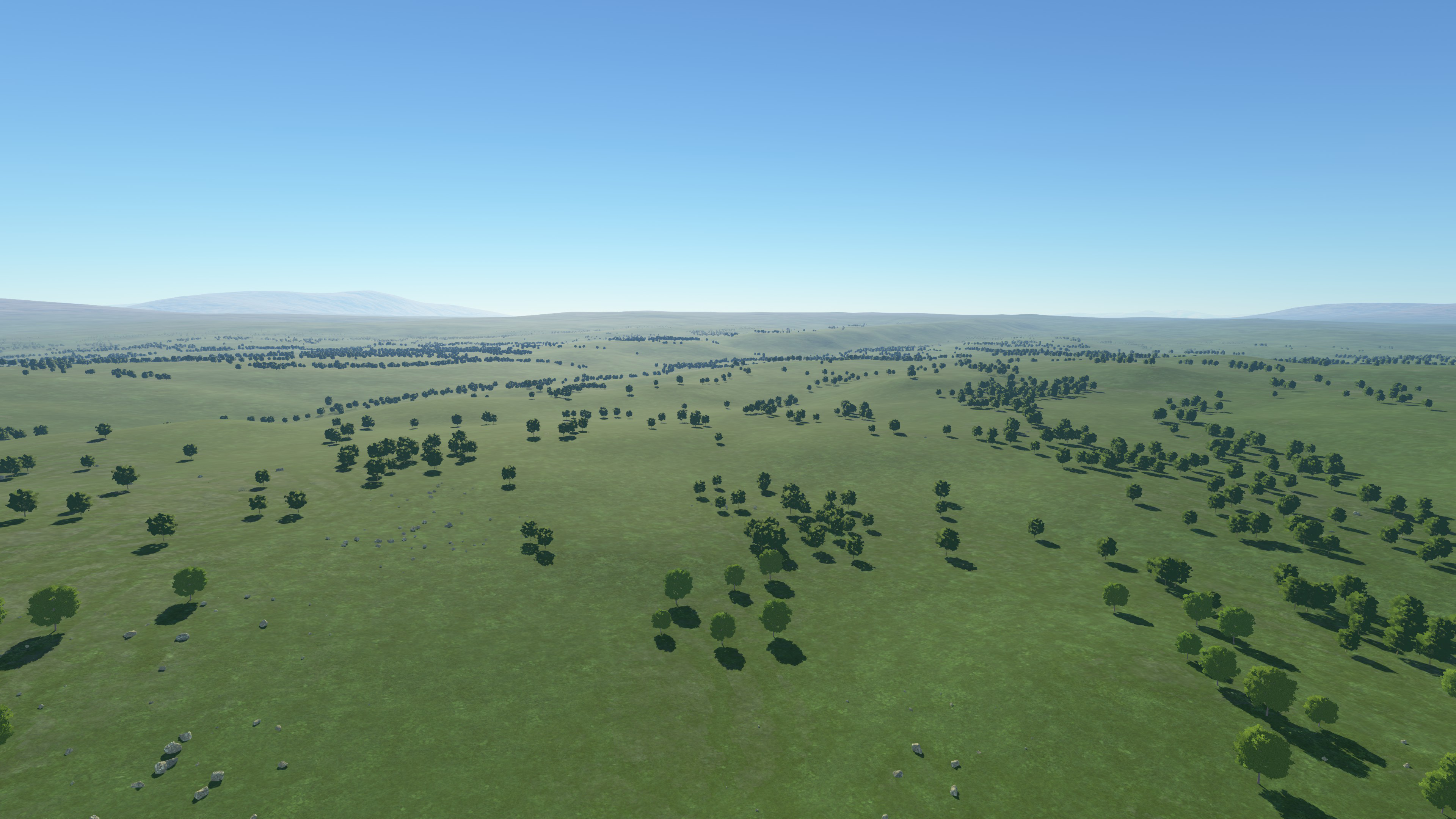


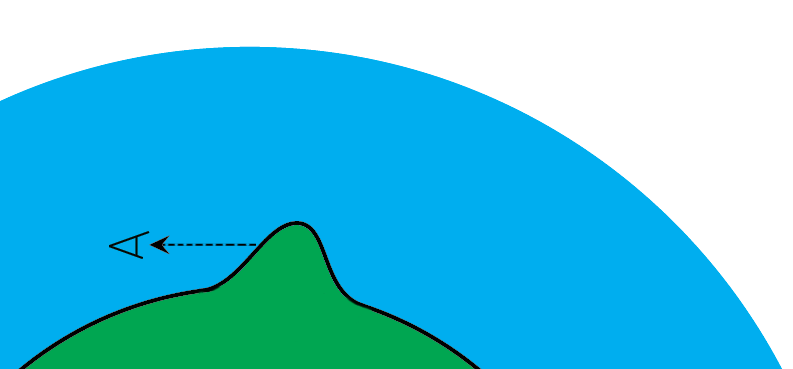





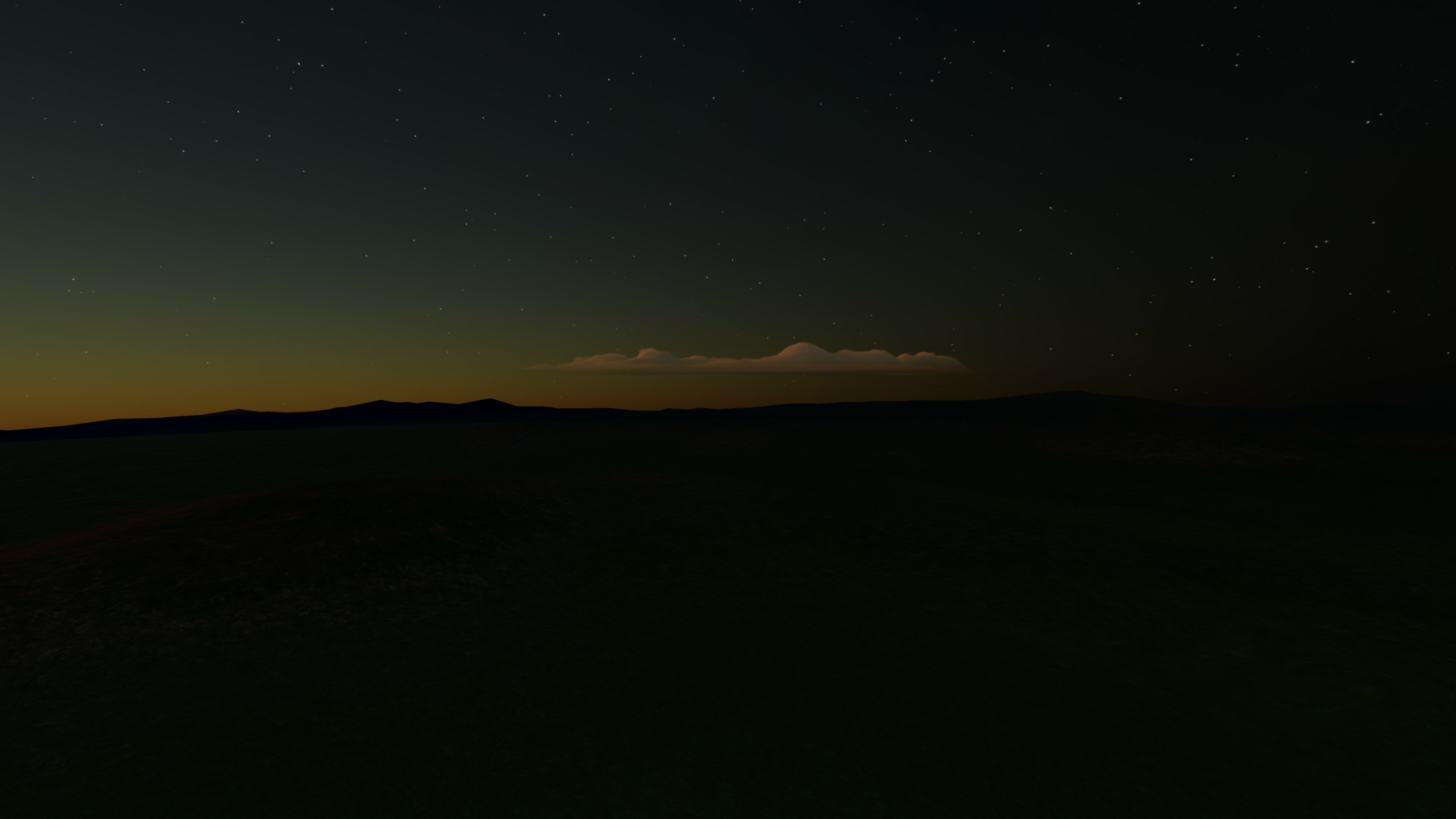
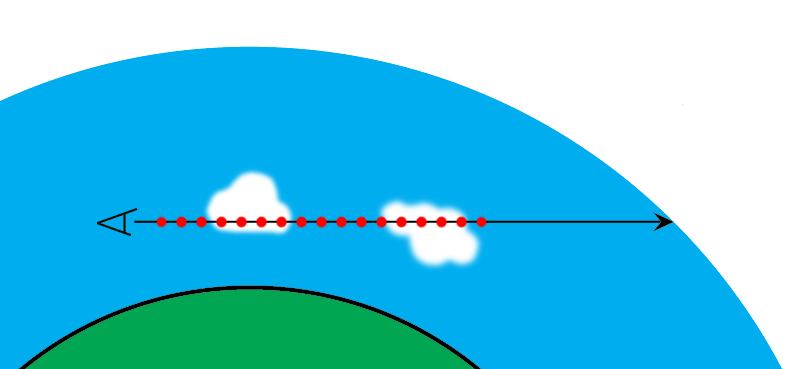
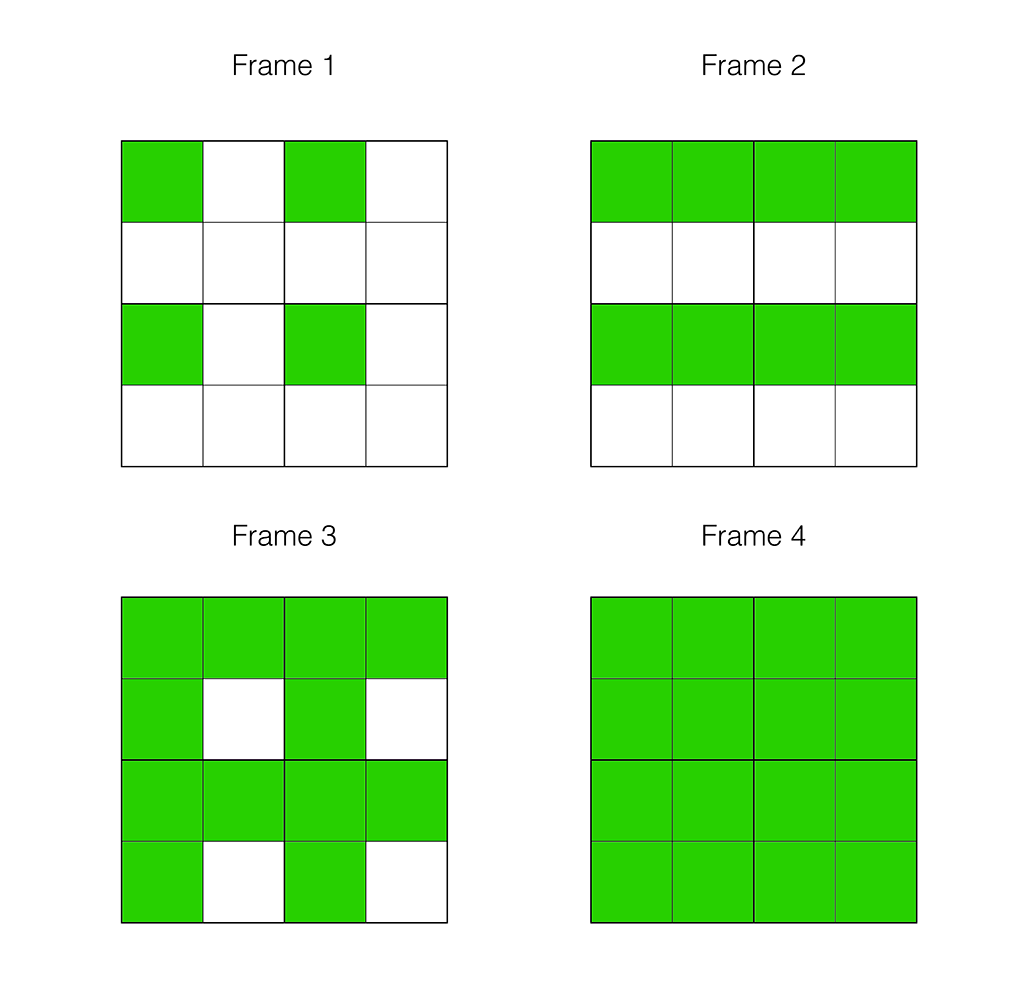
 On the launchpad we went from 77 to 91 fps
On the launchpad we went from 77 to 91 fps In-flight around the cloud layer, we went from 54 to 71 fps
In-flight around the cloud layer, we went from 54 to 71 fps